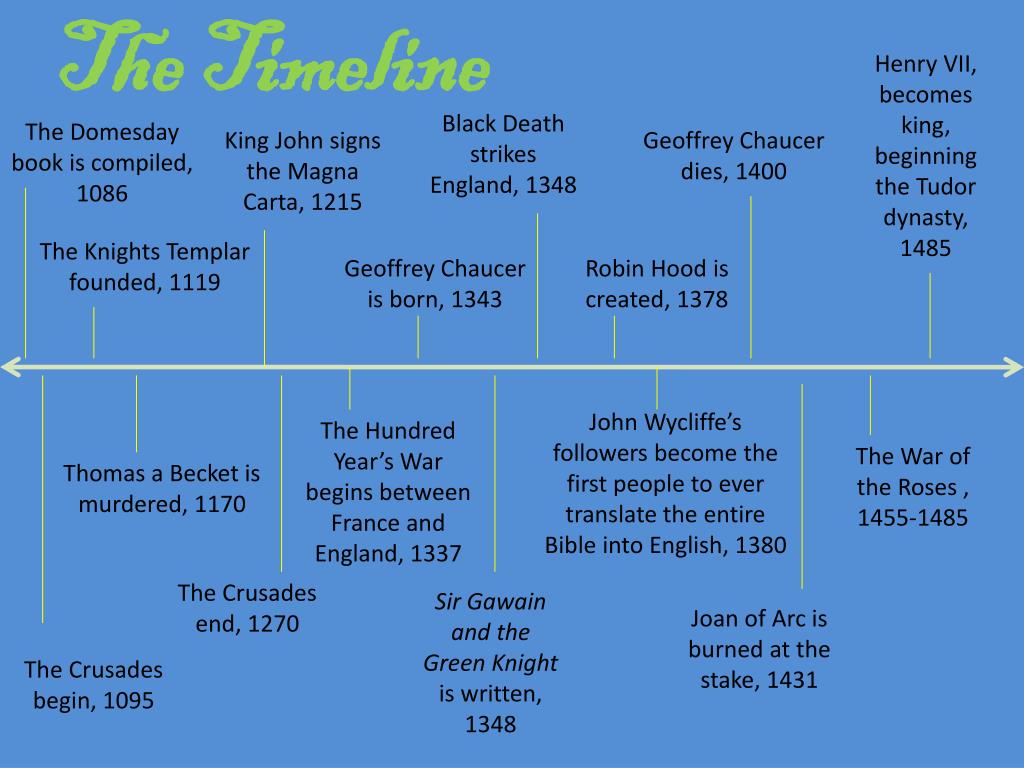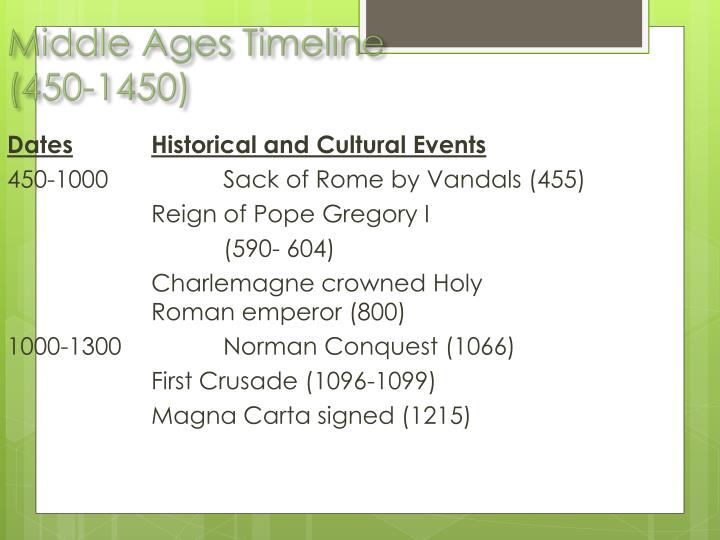

However, from the late 12th century it became standard, instead, to date civil documents by the The anno domini system of numbering years was introduced in England by Bede in theĮighth century (and was presumably the most influential English invention of the Dark Ages!). Is available - specifically, between the Julian calendar (with the year assumed to start onĢ5 March) and the Gregorian calendar (with the year starting 1 January). Obviously this is a problem only for people relating the dates of events in different In the intervening period differ by more than a week from those in most of Continental Europe Made the change 170 years after most European countries. The main practical difficulty involved is that England Most centennial years are excepted from the rule.

The difference between the calendars concerns leap years - in the JulianĬalendar every fourth year is a leap year, whereas in the Gregorian calendar In England (in September 1752, to be precise). The 'new style' Gregorian calendar replaced the 'old style' Julian calendar In the same year that the start of the civil year was changed to 1 January, Earlier still, the year sometimes began in September. three months before 25 March), and this usage lingered later In Anglo-Saxon and Norman times the year was generally reckoned fromĢ5 December (i.e. Note that caution can be needed in dealing with very early records, as previouslyĭifferent conventions were used for the start of the year. To avoid confusion, such dates are often written as Remains 1 January 1750 (civil year), because the civil year 1750Ĭlearly, for dates between 1 January and 24 March, the civil year is one less than For dates in the intervening period, the historical year will therefore beįor example, the date we call 1 January 1751 (historical year) Nearly three months later than the historical The civil, ecclesiastical and legal year began on 25 March, Is that, in England, from about the late 12th century until 1751

The civil year versus the historical year To which I am indebted for much of the following information. Handbook of Dates for Students of English History, Where yesterday's had to hunt laboriously through tables.įor further details, an excellent published guide is Cheney's Today's genealogist can, with care, date a document at the push of a button, With the modern system of day, month and calendar year.Īlthough the process of dating medieval documents can seem off-putting,įortunately most of the necessary resources are available on the internet. These problems can become quite complicated in medieval documents.įor example, medieval charters are commonlyĭated by specifying the week day, a nearby religious feast day,Īnd the year of the monarch's reign - a convention which clearly has little in common Problems even as late as the 18th century. As most genealogists know, dating conventions in English documents can cause


 0 kommentar(er)
0 kommentar(er)
